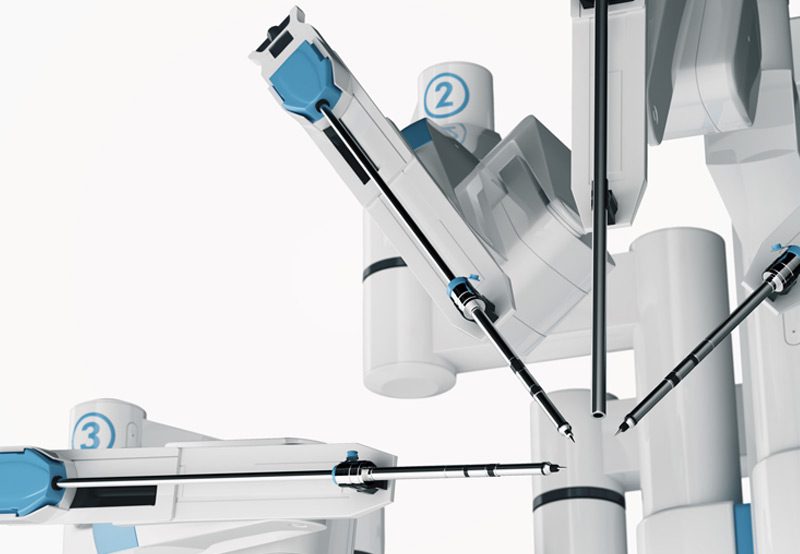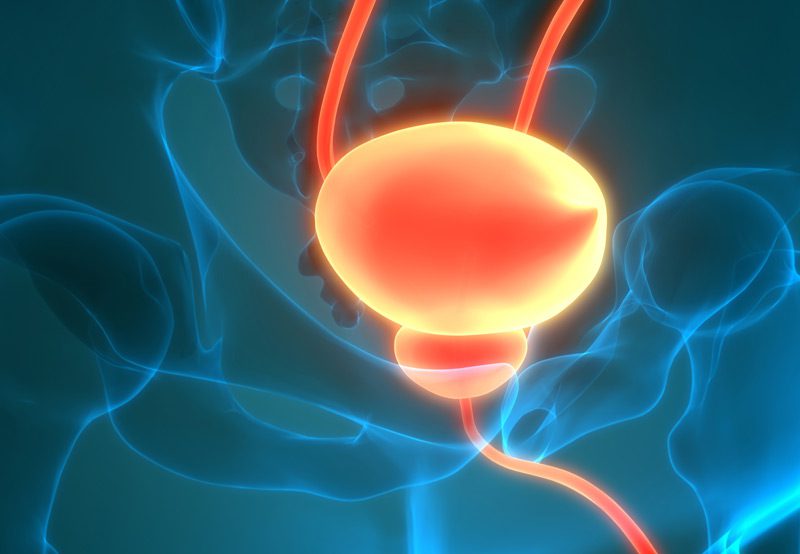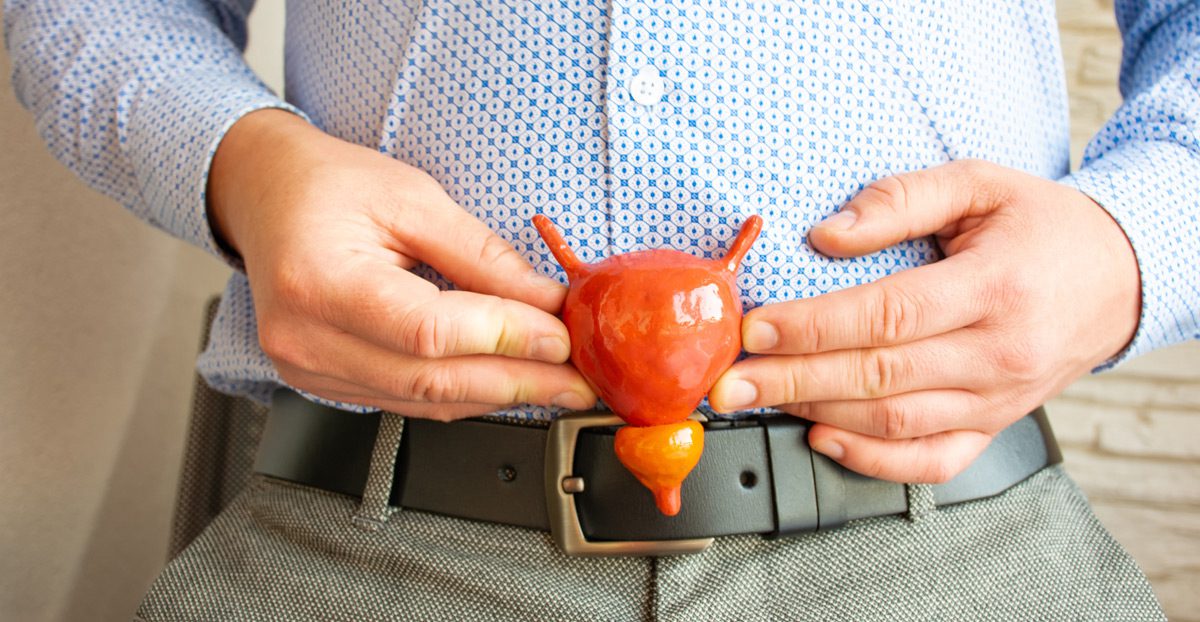

Robotic diverticulectomy is a minimally invasive surgical procedure used to remove bladder diverticula—pouch-like outpouchings of the bladder wall that can cause symptoms or complications. This advanced technique uses robotic assistance to enhance precision, reduce invasiveness, and support faster recovery.
Causes of Bladder Diverticula
- Congenital Defects: Some individuals are born with weakened areas in the bladder wall, leading to primary diverticula.
- Bladder Outlet Obstruction: Often from conditions such as benign prostatic hyperplasia (BPH) or urethral strictures, leading to increased pressure and secondary diverticula.
- Neurogenic Bladder Dysfunction: Improper bladder emptying can contribute to diverticulum formation over time.

Symptoms
While some bladder diverticula are asymptomatic, others may cause:
- Recurrent urinary tract infections
- Difficulty emptying the bladder completely
- Post-void dribbling or urinary retention
- Lower abdominal pain or pressure
- Hematuria (blood in urine)
- Bladder stones or tumors forming within the diverticulum
Diagnosis
- Cystoscopy: Direct visualization of the bladder interior using a scope
- CT Urogram or Voiding Cystourethrogram (VCUG): Imaging to assess the size, location, and potential complications of the diverticulum
- Uroflowmetry and Post-Void Residual Testing: Functional studies to evaluate bladder emptying efficiency
Treatment Options
Small, asymptomatic diverticula may only require monitoring. However, larger or symptomatic diverticula typically require surgical removal. Robotic diverticulectomy is the preferred method in many cases due to its minimally invasive nature and surgical precision.
The Robotic Diverticulectomy Procedure
- Performed under general anesthesia using robotic-assisted laparoscopic tools
- Small incisions are made in the abdomen, through which instruments and a camera are inserted
- The diverticulum is carefully dissected away from surrounding tissues and removed
- The bladder wall is reconstructed to close the opening where the diverticulum once protruded
- A Foley catheter is placed to drain the bladder during the healing period
Advantages of Robotic Surgery
- Improved visualization and dexterity for precise tissue handling
- Smaller incisions with reduced scarring
- Less postoperative pain and blood loss
- Shorter hospital stay and faster recovery
- Enhanced outcomes, particularly in anatomically complex or recurrent cases
Recovery and Follow-Up
- Most patients are discharged within 1–2 days
- The Foley catheter remains in place for about 1–2 weeks
- Return to normal activity is typically possible within 2–4 weeks
- Follow-up imaging may be done to confirm bladder healing and function
Next Steps
If you have been diagnosed with a symptomatic bladder diverticulum or are experiencing recurrent urinary issues, robotic diverticulectomy may be an effective treatment. Consult a urologist experienced in minimally invasive techniques to determine whether this approach is appropriate for your condition.
